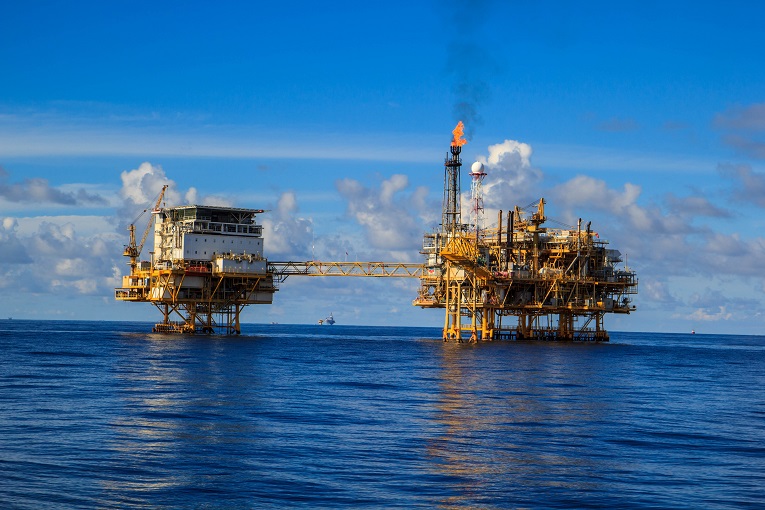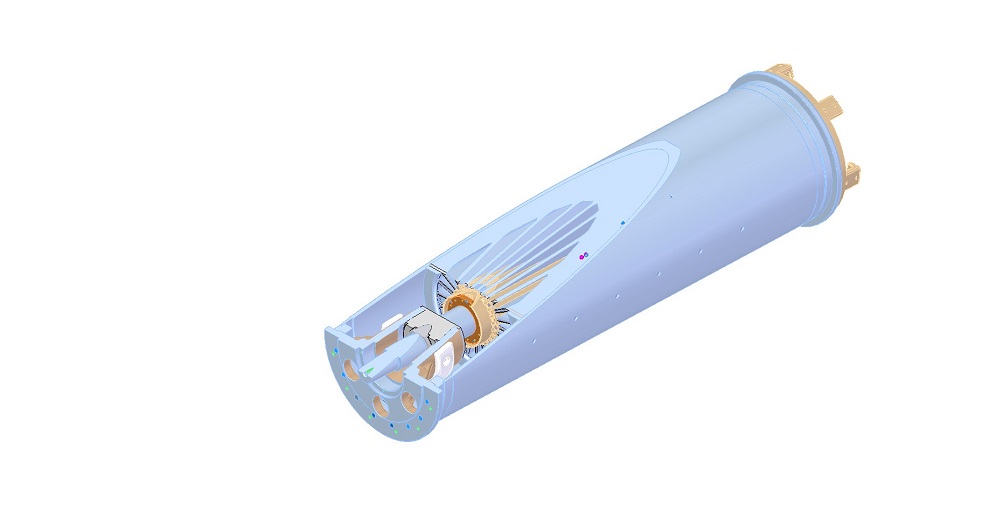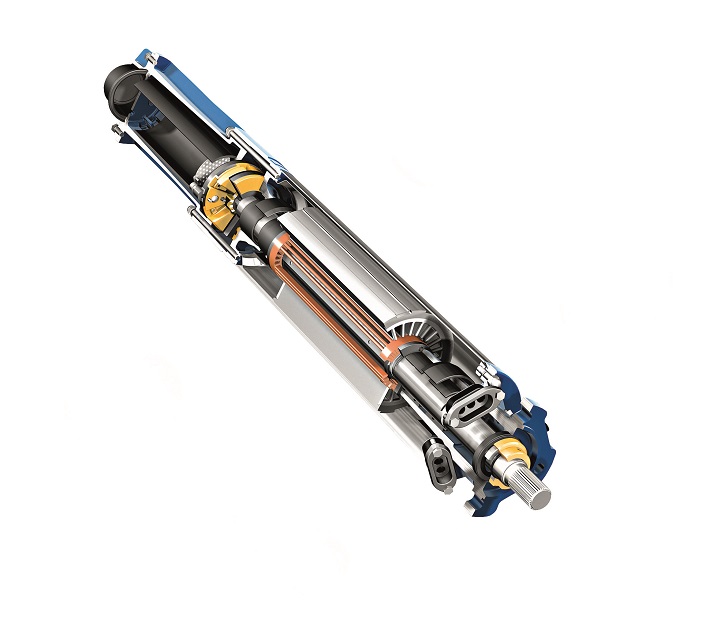


In one of the world’s largest oil and gas fields, the firstever underwater compressor system employs ANDRITZ submersible motors. With their renewable winding these maintenance-free designed pumps have achieved impressive results.
We are surrounded by gas. From water bottles to the insulation in our homes, natural gas is a key ingredient in virtually every product we use daily. According to the latest report issued by the International Gas Union (IGU) in 2019, the global demand in gas has been rising by 35% of the past decade alone.
The reasons for this trend are manifold, but the IGU determines three main factors. First, the cost competitiveness of gas in contrast to other energy sources. Secondly, greater security of supply with regard to infrastructure, delivery, and flexible use. Thirdly, gas represents a sustainable form of energy that can mitigate climate change and lower localized pollution. It has 50% fewer CO2 emissions compared to coal, for example.
In order to meet this growing demand and use, the eco-friendly potential gas will have to be extracted using a sustainable process. One of the largest systems is the Åsgard oil and gas field on the Haltenbanken, 200 km off the coast of Norway. It contains 52 wells combined in 16 gas fields and connected by 300 km of oil pipelines. As of December 2018, the field has estimated resources of 9.9 million standard cubic meters of oil equivalent of oil and 51.1 million standard cubic meters of oil equivalent of gas.
The system used comprises three essential areas: Åsgard A, B, and C. Åsgard A is a floating oil production vessel that has been anchored there permanently since extraction began in 1999. Åsgard B is a floating, semi-submersible gas and condensate processing platform for processing and stabilizing of gas and condensate. This platform is supplemented by the condensate storage facility Åsgard C and the 707 km-long Åsgard gas pipeline to the Karsto processing complex to the north of Stavanger, Norway.
First in the world Aker Solutions ASA has been supporting the Åsgard gas field with various gas field products, systems, and services since 2010. In time, the pressure in the storage facility in gas-producing fields drops. Compressors are needed to sustain the output. Aker delivered the first-ever underwater compressor system worldwide to Åsgard in order to increase the output to 306 million barrels. These are normally installed on platforms above sea level.
However, Åsgard is based on an underwater system. By using compressors on the seabed the recovery rates are improved and the investment and operating costs are reduced. In addition, underwater compression leaves a smaller ecological footprint and is more reliable than a platform. The Åsgard system consists of modules for two identical sets of compressors, pumps, scrubbers, and coolers. The motors needed to drive the pumps come from ANDRITZ.
Small, but essential
In 2010, Ritz Pumpenfabrik GmbH in Schwäbisch-Gmünd, Germany, became ANDRITZ Ritz GmbH and a part of the ANDRITZ Group, as did the production of submersible motors. Due to the renewable winding, ANDRITZ submersible motors are suitable for driving deep well pumps, bottom intake pumps, suction pumps, seawater pumps, and underwater machinery.
Depending on the area of application, the motors can be made of cast iron, bronze or different kind of stainless steel and installed either vertically or horizontally. These are water-filled and watercooled, three-phase asynchronous motors with squirrel cages and a mech- anical seal. They are fitted with MCT, a special cooling technology. In designs with interior permanent magnet motor technology, or IPM for short, these maintenance-free motors can achieve impressive outputs, efficiencies and, as a result, cost savings.
The effective and measurable motor cooling system keeps the interior temp- erature as low as possible. Drinking water is used as a cooling liquid, which is why the motors can operate in media of up to 75° C. An impeller with optimized suction and delivery is mounted at the lower shaft end of the rotor. One of its two main tasks is cooling and lubricating the nearby thrust bearing. By doing so, the impeller ensures there is a constant flow of cooling liquid in the right direction.
This liquid moves through the inside of the motor from the bottom to the top. The specially developed cooling channels define the exact path over all heat sources to discharge the heat effectively and systematically. At the top end, the heat from the liquid is then discharged through the motor's outer wall. Here, it is transferred through the surface of the motor to the medium to be pumped.
The ANDRITZ submersible motors are just a tiny part of the underwater compressor system, but they are also an extremely important part. The entire underwater station cannot operate without these motors to drive the pumps. Since first being installed in 2016, these submersible motors have been operating without any faults. All in all, ANDRITZ Ritz delivered three twopole submersible motors with an output of 736 kw. The motor forms the condensate unit together with the pump and conveys those liquids that are removed by the separator upstream of the gas compressors.
In 2017, due to a failure in a part of the system which was not supplied by ANDRITZ, the motor was sent in for repairs, during which an extensive study was conducted. Thermal distribution in the cooling flow and the hot spots were analyzed in more detail. The results also led to the design of a new plate crosssection for the rotor plates.
Because of this, the motor to be repaired was also completely overhauled and fitted with a new winding and a new rotor. This study and the implementation of its findings not only benefit the current customer and future customers in this case, but also strengthen confidence in the ANDRITZ submersible motor technology.




